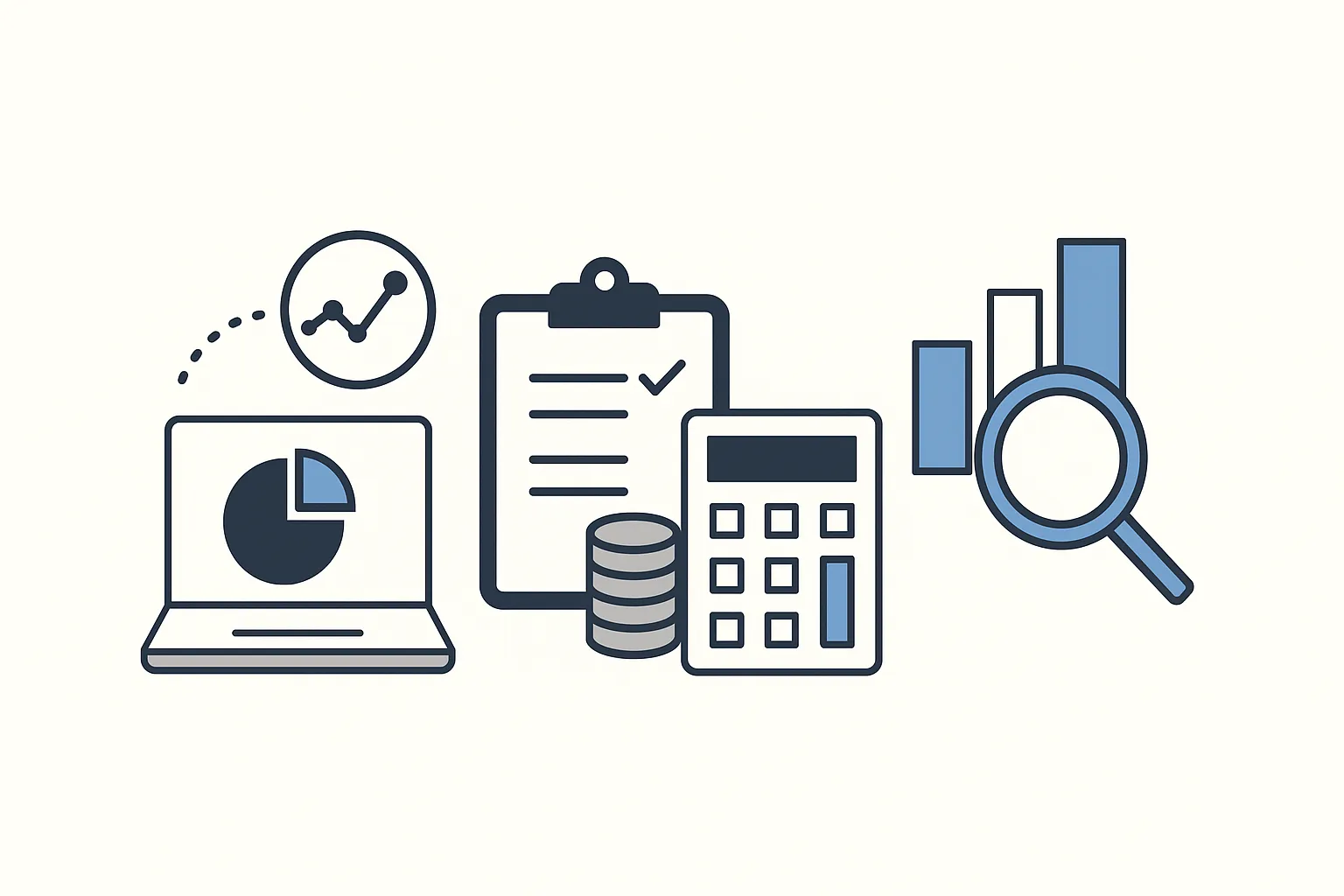PortfolioPilot TLH vs Wealthfront TLH vs Schwab TLH: who wins for 2025?

According to the IRS, up to $3,000 of net capital losses may offset ordinary income each year, with excess losses carried forward indefinitely. Many investors assume “automatic TLH” is always better. The reality is more nuanced: how a platform executes, where assets are custodied, minimums, and wash-sale guardrails often matter more than the marketing headline. This comparison explains how PortfolioPilot.com, Wealthfront, and Schwab Intelligent Portfolios approach tax-loss harvesting (TLH) in 2025, and when each method may or may not fit a taxable account.
Key Takeaways
- Execution model differences. Wealthfront and Schwab automate TLH directly inside their managed portfolios; PortfolioPilot identifies opportunities across all accounts, and suggests compliant swaps, while investors execute at their existing brokerages.
- Minimums and constraints differ. Schwab’s TLH typically requires $50,000 per eligible taxable account; Wealthfront runs TLH on taxable robo accounts (with higher-tier stock-level harvesting at larger balances). PortfolioPilot does not impose an asset minimum for scanning opportunities & finding replacements.
- Fees are not identical. Wealthfront generally charges an advisory fee of 0.25% on automated investing accounts; Schwab Intelligent Portfolios charges no advisory fee but maintains a program cash allocation; PortfolioPilot’s TLH is part of its tax optimization premium features and charges a flat fee of $20/mo. So what? The same “TLH” label can live inside very different economic trade-offs.
- Wash-sale risks are real. IRS rules disallow losses if a “substantially identical” security is bought within 30 days before/after the sale. Platform guardrails and an investor’s own activity (across all accounts) both matter.
PortfolioPilot: Cross-account TLH intelligence
PortfolioPilot is an SEC-registered internet investment advisor that does not take custody or trade for clients. Instead, it analyzes linked taxable accounts (across multiple brokerages) and identifies harvestable lots and proposes alternatives, including the 31-day wash sale replacement logic, so investors can place the trades where they already invest. It also models the potential impact of the IRS’s $3,000 ordinary-income offset and longer-term carryforwards.
- What this means in practice: the investor stays in control and can apply TLH across a household’s existing accounts without moving assets. The trade-off is responsibility: recognition + decision support come from the software; execution and control remains with the investor or their broker. (So what? Flexibility across custodians without lock-in, if a person is comfortable executing.
Wealthfront: Fully managed, daily ETF TLH
Wealthfront’s robo-managed taxable accounts run daily TLH, swapping among pre-vetted alternate ETFs within each asset class to avoid wash sales and keep exposures similar. For larger accounts, Wealthfront’s Direct Indexing (stock-level TLH) harvests losses at the individual-share level rather than only at the fund level. The firm’s own whitepaper details the mechanics and the $3,000 annual ordinary-income offset rule (carryforwardscarryfowards continue beyond that cap). Advisory fees for automated investing accounts are typically 0.25% of the account's AUM.
- What this means in practice: automated harvesting happens inside Wealthfront-managed portfolios at Wealthfront’s custodian. That can be appealing for hands-off investors who want the platform to both detect and execute, but it also means holdings must align to Wealthfront’s ETF lineup and workflow. (So what? Convenience comes with portfolio standardization.)
Schwab Intelligent Portfolios: Optional TLH with a higher bar
Schwab Intelligent Portfolios offers tax-loss harvesting for eligible taxable accounts when clients opt in; Schwab’s own materials and independent reviews note a $50,000 minimum to enable TLH. Unlike peers, Schwab charges no advisory fee, but program portfolios include a required cash allocation via Schwab’s sweep program (allocation varies by strategy).
- What this means in practice: the bar to turn on TLH is higher, and the portfolio design may keep more cash on the sidelines than some investors expect. Some people may consider that a feature (liquidity, stability); others may view it as a drag in strong markets. The automated harvesting itself occurs within Schwab-managed ETF portfolios once enabled.
Why these differences matter
Hypothetical: consider a 35-year-old with $150,000 in a taxable 70/30 portfolio. A –5% market dip creates $7,500 in unrealized losses across several ETFs.
- In a managed Wealthfront or Schwab taxable account, the platform may automatically harvest eligible losses and swap to alternates, subject to its lineup, minimums, and opt-in status. The investor sees realized losses booked and future carryforwards tracked on 1099-Bs.
- Using PortfolioPilot, the investor gets an alert about tax-loss harvesting opportunities with proposed substitutes, and then decides whether to execute at their current brokerage. The tool illustrates the $3,000 offset and carryforward implications before acting.
Lesson: automation saves time inside a single custodian; cross-account intelligence with more investing options can surface broader opportunities, provided the investor follows through and avoids “substantially identical” purchases across all accounts (including IRAs) during the 30-day window.
Quick-compare: TLH in 2025
- Who executes?
- Typical minimum to use TLH feature?
- Advisory fee context:
- Wealthfront: generally 0.25% AUM on automated investing accounts.
- Schwab: $0 advisory fee; program includes a required cash allocation.
- PortfolioPilot: monthly advice software at $29/month or $20/month billed annually$20/mo; does not manage assets.
One more nuance: TLH value depends on the investor’s tax bracket, gains elsewhere, and behavior after harvesting, not just the number of harvestable lots. (So what? Processes and guardrails that an investor will actually stick with tend to matter most over years, not months.)
How optimized is your portfolio?
PortfolioPilot is used by over 40,000 individuals in the US & Canada to analyze their portfolios of over $30 billion1. Discover your portfolio score now:






